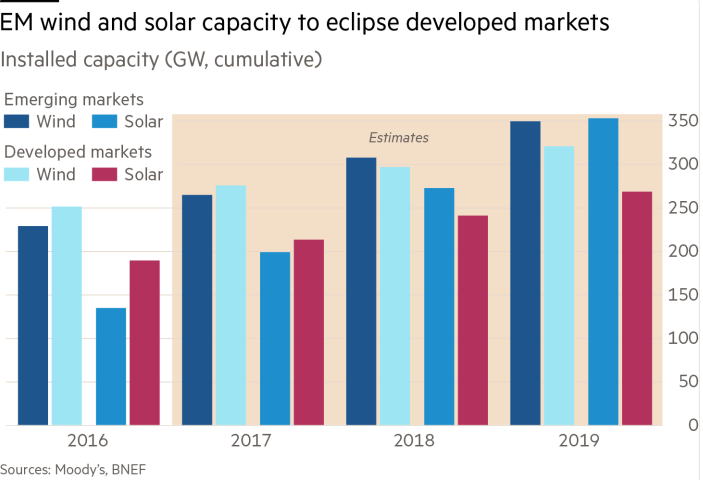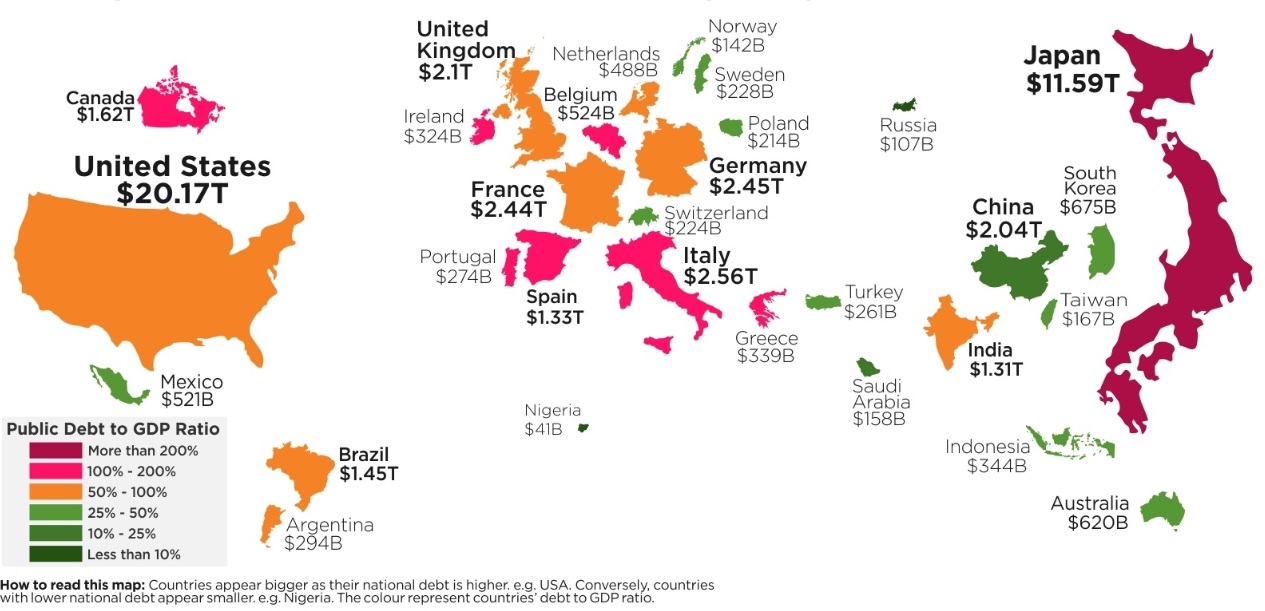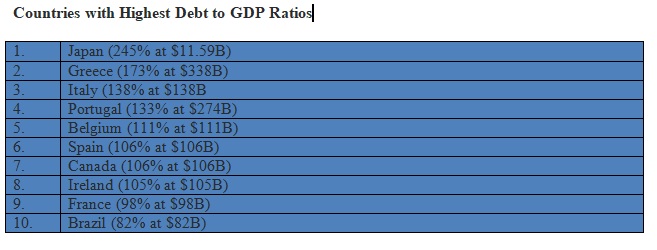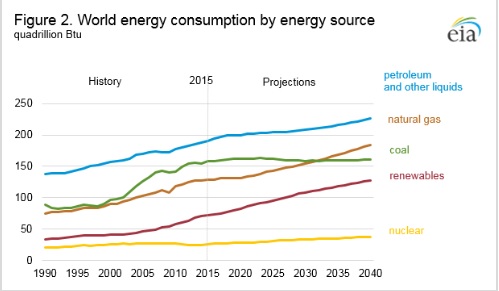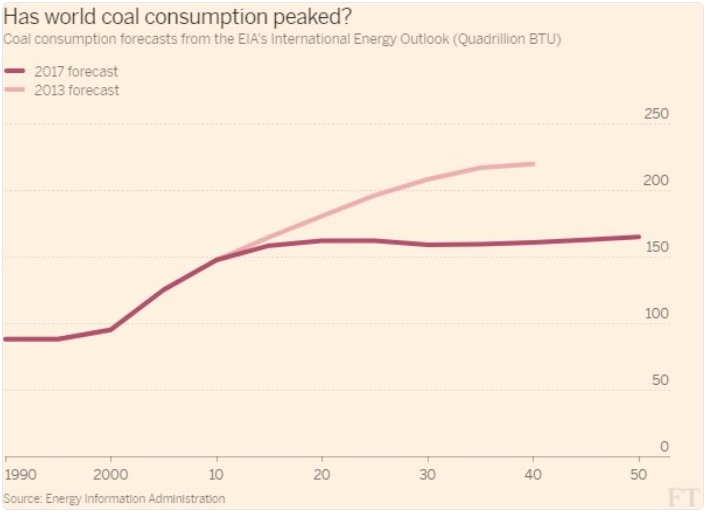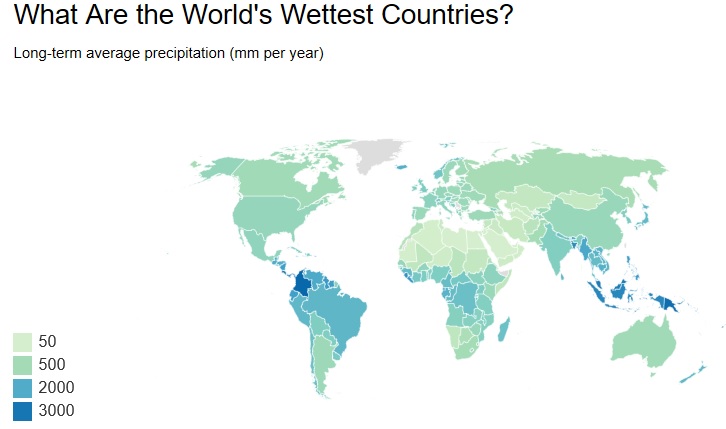Trickling Down to Authoritarians, Out Like Flynn, Virtual Singer Killed the Video Star
We had just returned to campus from the Christmas holiday during our sophomore year of college when it happened. We were playing in a pick-up basketball game in the university’s main gym and our team kept winning so we kept playing, taking on all comers on the court. We were getting tired and a little post holiday celebration the night before surely did not help. We went up for a rebound and landed on one of our opponent’s two left feet. And this was when our kneecap dislocated. Now it was certainly painful but the thing we most remember is two guys sitting on the sideline screaming, “Look at his $#%ing knee, look at his $#%ing knee.” Even granting that a knee sticking out an unnatural angle would surely trigger their alarm, we were scared enough without their added hysterics. The kneecap soon moved back into the correct position, which was nice, our knee swelled up and we commenced to having a “bad knee” for the rest of our life, which for many years didn’t stop us from playing lots more basketball and other high impact sports. But it does mean even at our tenderly young age, next week we are getting knee replacement surgery. Earlier this week, our surgeon emailed to inform us to “expect extreme pain for two to three weeks.” We equate such a message to the one screamed by the two guys on the sidelines those many years ago, though we will not inform the surgeon of our judgment ’til after the surgery. So, this will be the last INTN of 2017 as we’re guessing opioid-fueled international stories may not be the best ones. But we hope to return on January 4th (or the 11th at the latest) with everything you need to know about the world. Still, this week we bring a dose of authoritarian economies, check up on the reverse Flynn Effect and do an MRI on China’s virtual singing sensation. It’s this week’s International Need to Know, wishing you and yours a healthy and happy holidays.
Without further ado, here’s what you need to know.
Trickling Down to Authoritarians
As we have noted before, democracy is not as popular around the world as it once was. And as people such as Tyler Cowen point out, this is partly because of the economic success of China and other authoritarian regimes. The Philippines is another example. President Duterte is a less than savory character with a waterboard load of human rights problems. But the Philippine economy is doing as well as it has in the last 30 years. The country is on pace to have the 10th-fastest growing economy in the world, according to the World Bank, with GDP growth of around 7 percent. Its debt to GDP level is decreasing, non-performing loans down to 1.8% and its inflation rate at a reasonable 3.3%. The World Bank notes that fiscal expansion has “boosted capital formation and private consumption.” Unlike many Asian economies, currently the Philippines’ economic growth is being built on domestic demand even as its exports grow. The world is cyclical and as long as authoritarian governments are in an economic up cycle, liberal democracies’ brand will suffer. But someday, perhaps sooner than their rulers think, their economies will spin into less favorable waters, washing ashore challenging political flotsam and jetsam.
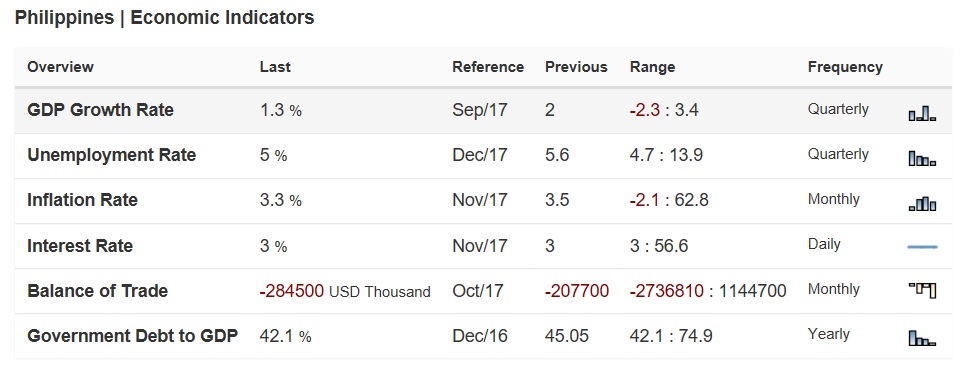
Out Like Flynn?
If you watch the news, scan through Facebook or read your Twitter feed, it would be very easy to come to the conclusion that we humans are becoming dumber. And, there is indeed evidence this is so! At least in some places, where there is an anti-Flynn Effect taking place. You may remember that the “Flynn Effect” is a phenomenon where IQ scores have been rising with each successive generation, at least since 1930, when such standardized testing began. There may actually be a reason that children think their parents are idiots. Comparatively, they are. But, now a new paper asserts the Flynn Effect is in reverse in a number of countries, including all the Scandinavian countries, Britain and Germany (Germans are actually better at verbal parts of these tests but are doing worse on spatial). But if you are about to say, “Aha, this explains politics in America,” actually U.S. IQ test scores continue to increase. Korea is not going in reverse either. In fact, the study states South Korea “is gaining at twice the historic U.S. rate.” The beginning of the reversal appears, according to the study, to date to 1995. Hmm, what really started to take off around the world in 1995?
Virtual Singer Killed the Video Star…
It has come to our attention, much later than one would hope, that there is a virtual music star in China named Luo Tianyi. Such a creature, we learned, is called a “vocaloid”, i.e. a “singing voice synthesizer.” It is unsurprising that such a digital creature was created by a Japanese company, the place of origin of so much kawaii (lovable, cute) culture, but it is both a bit surprising and hope inducing that Japan and China collaborated on this pop culture project. An article in The Global Times–the People’s Daily’s tabloid–notes that Luo Tianyi has come to “special attention from the Communist Youth League of China (CYLC) and other governmental organizations, who try to instill correct thinking into the younger generation with her singing.” Nothing speaks to young people like governmental organizations promoting the right way to think. As CYLC states in an article on the mobile platform WeChat, “Although CYLC is 95-years-old, our heart is always with you, the young people.” And we can’t think of a better way to leave 2017 than with Luo Tianyi, singing “In the Center of the Peculiar Storm.” See you next year.
| 【洛天依】Luo Tianyi – 在異樣的風暴中心 In the Centre of t… | |
 |
|
| 941 likes | 41624 views |

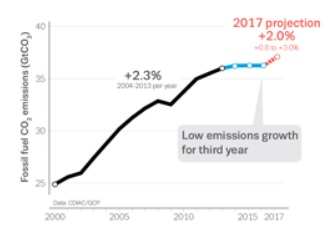
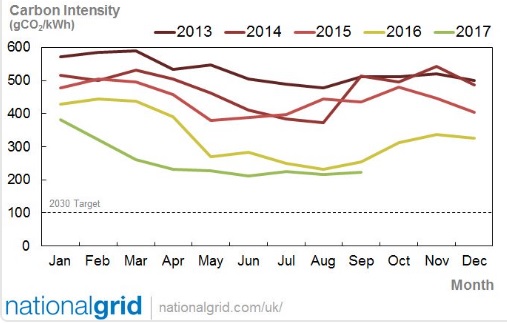

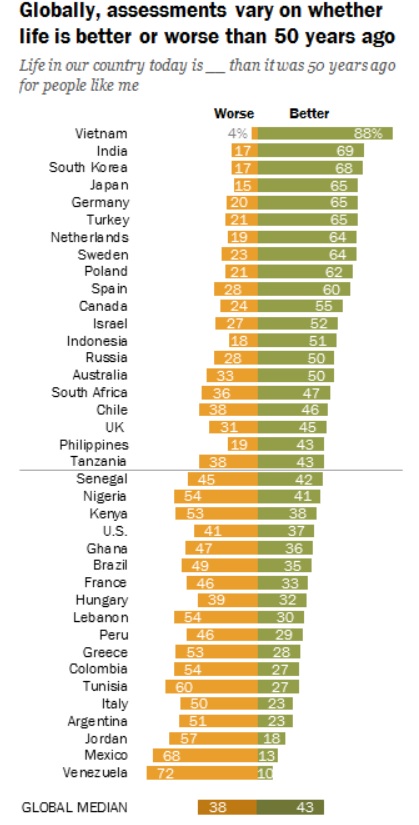
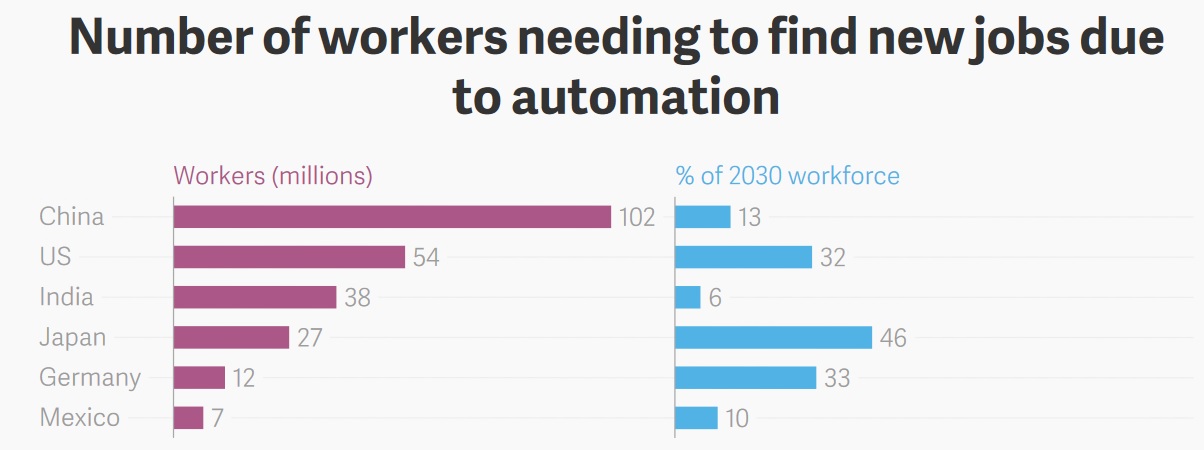
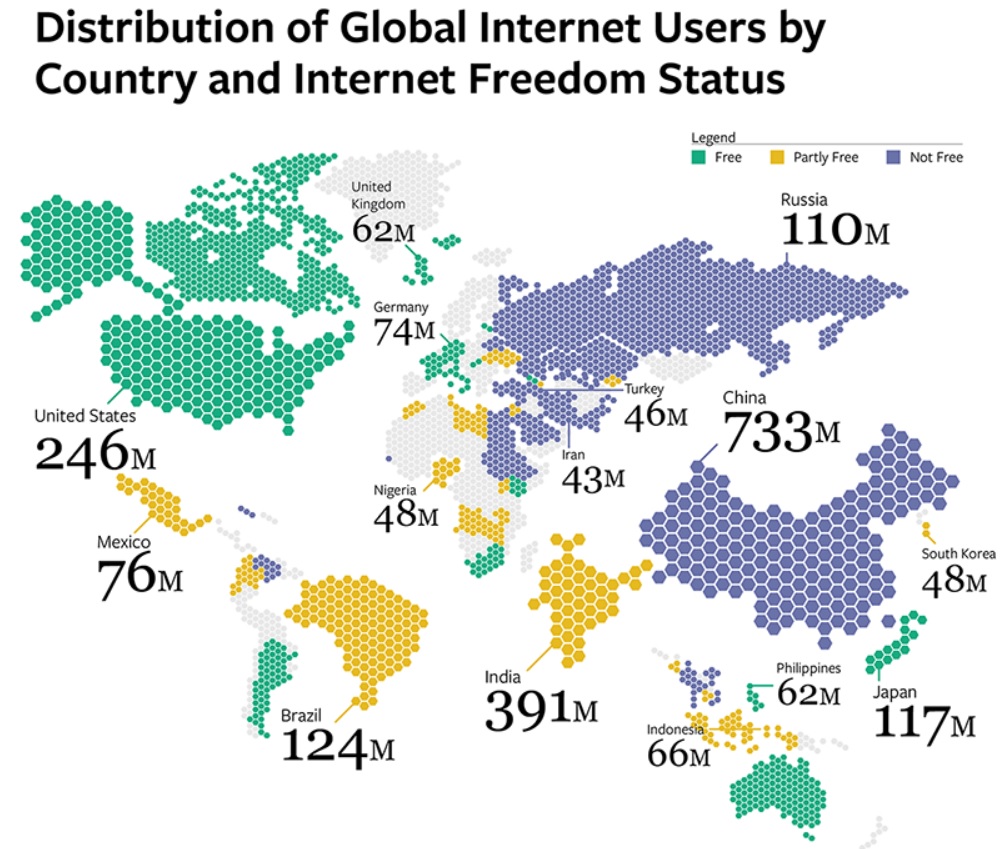
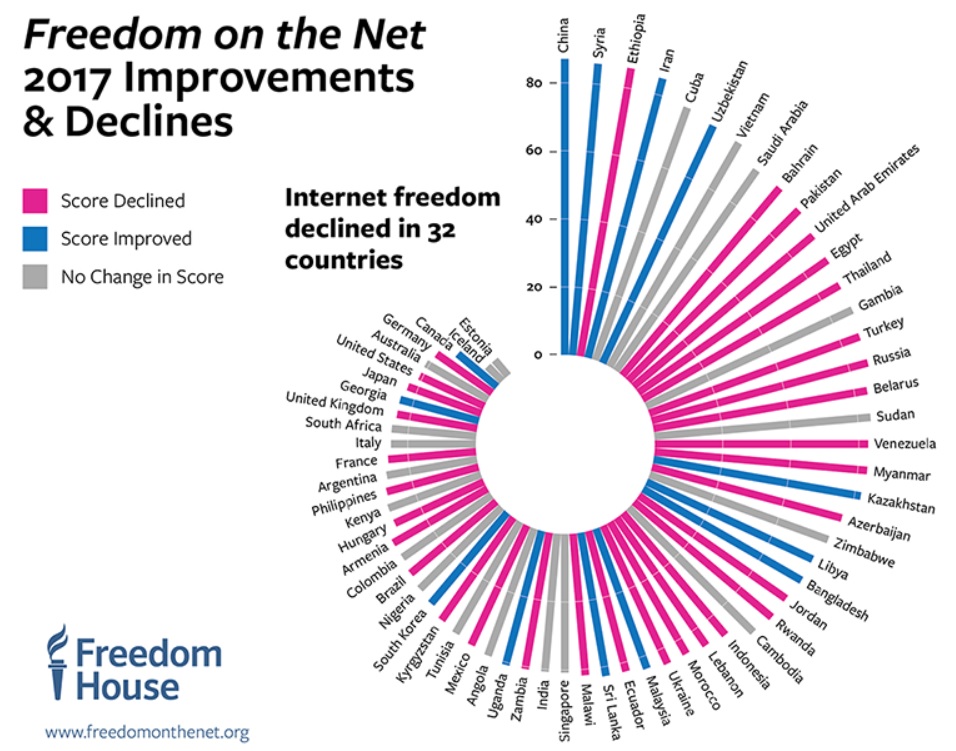

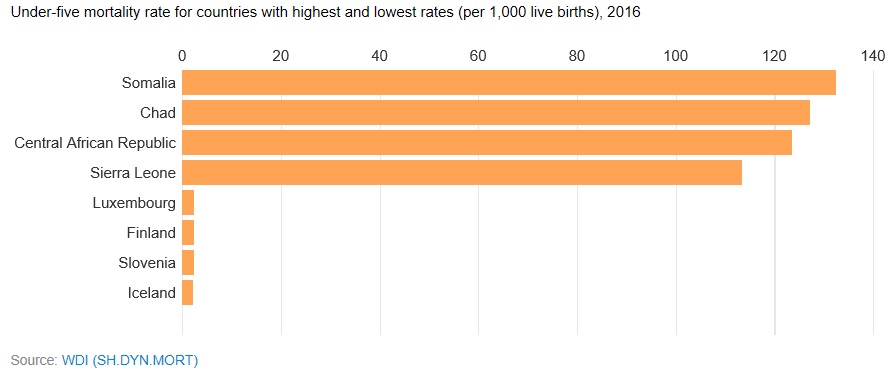

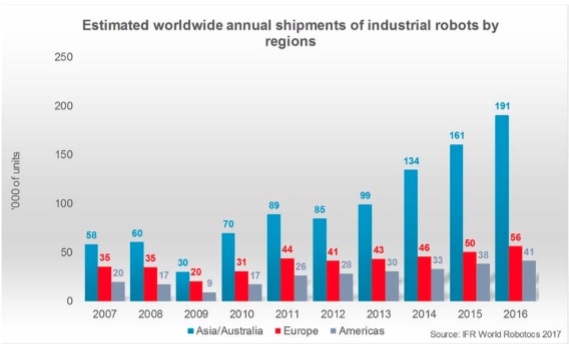
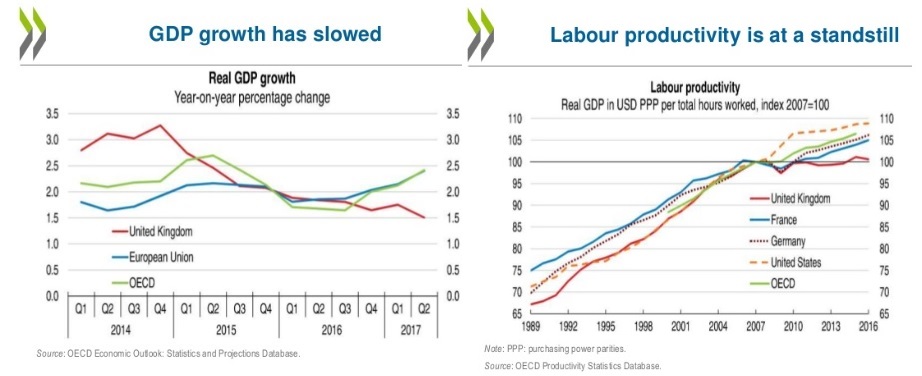
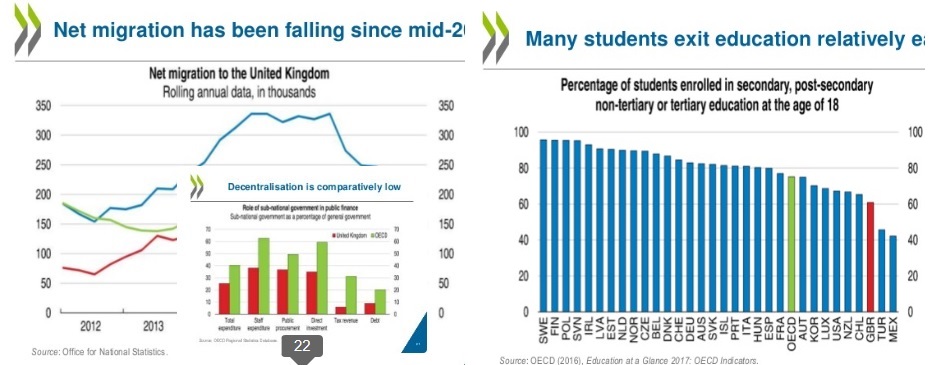
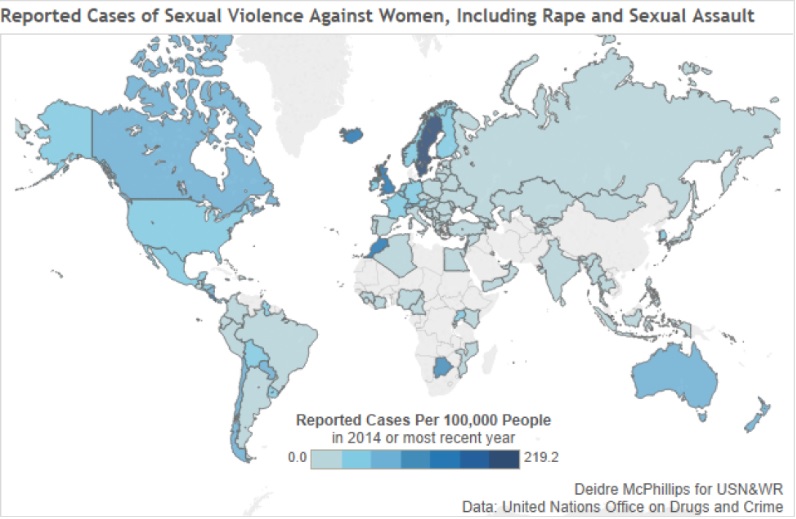
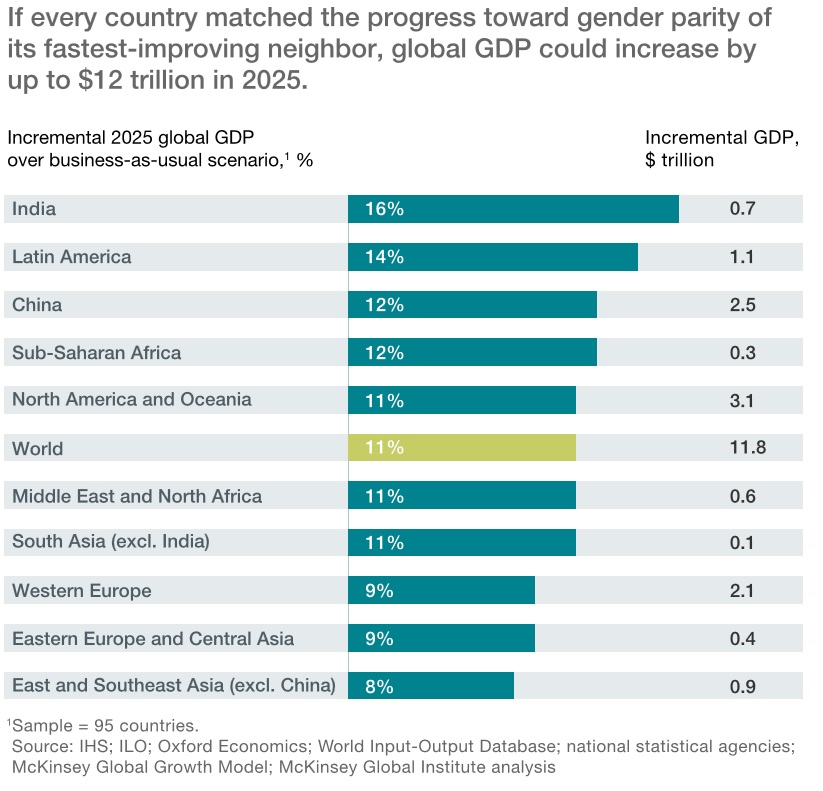
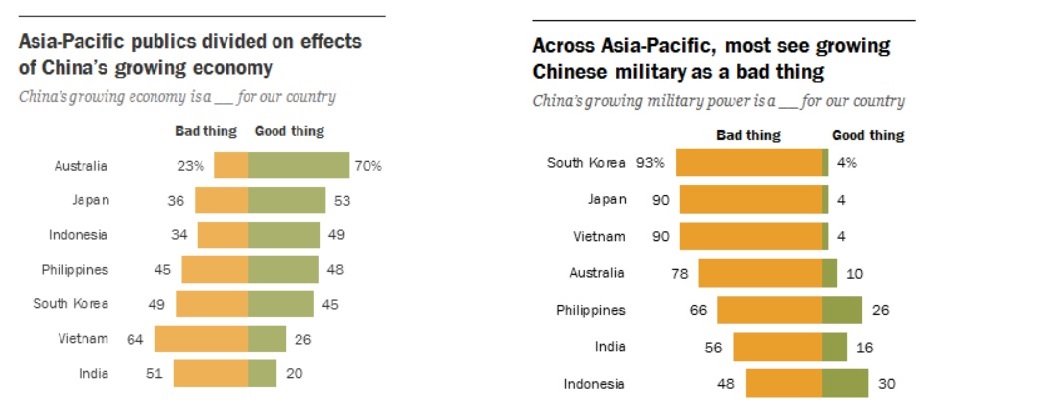
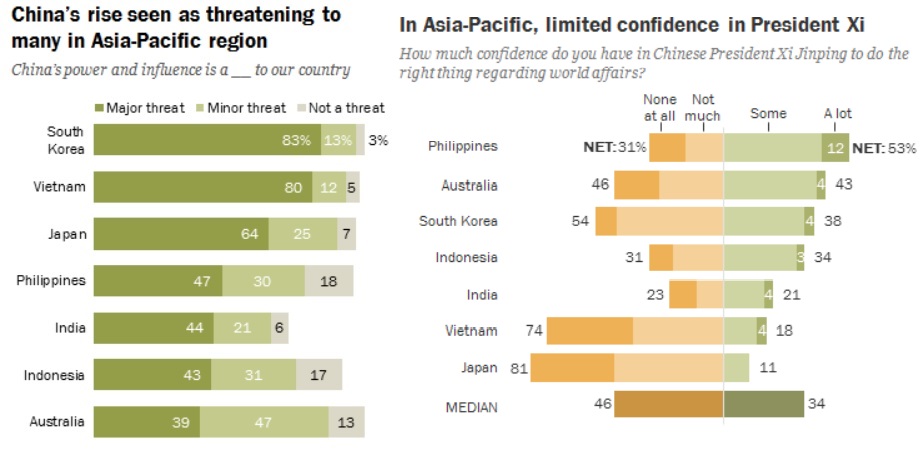



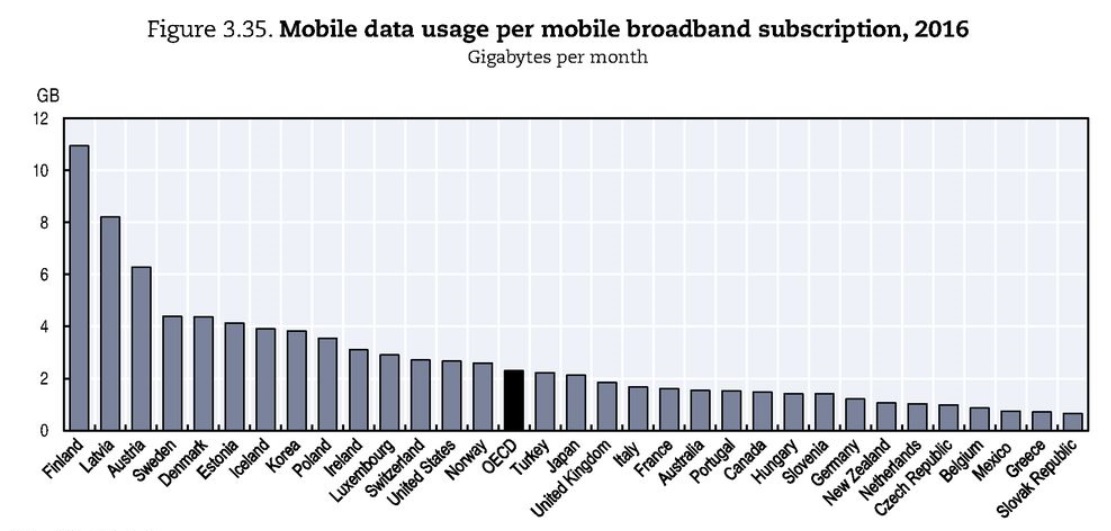
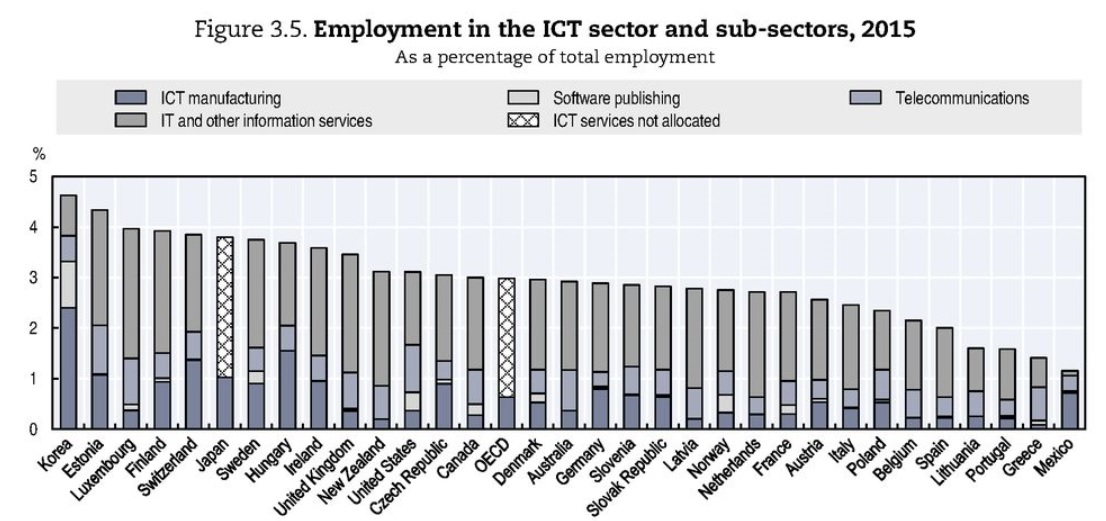
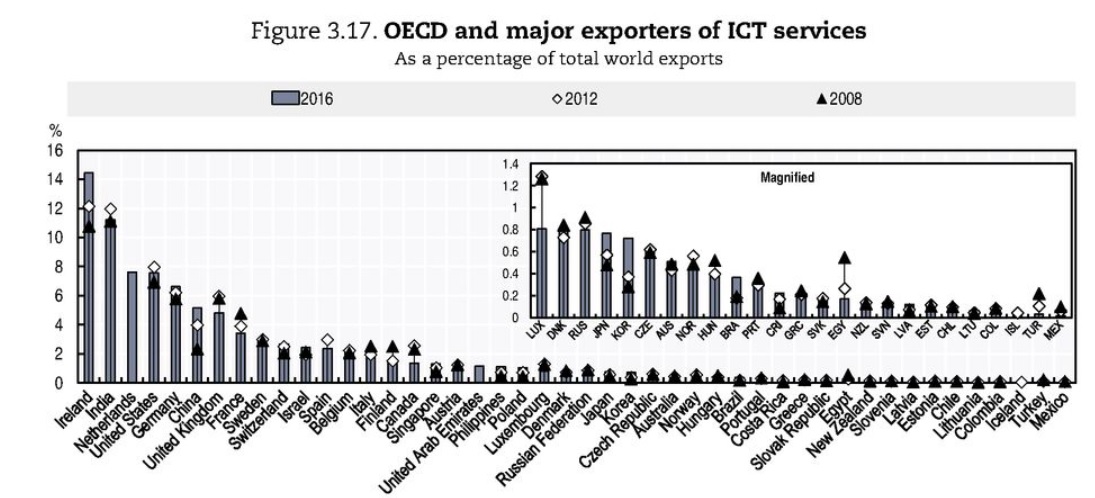

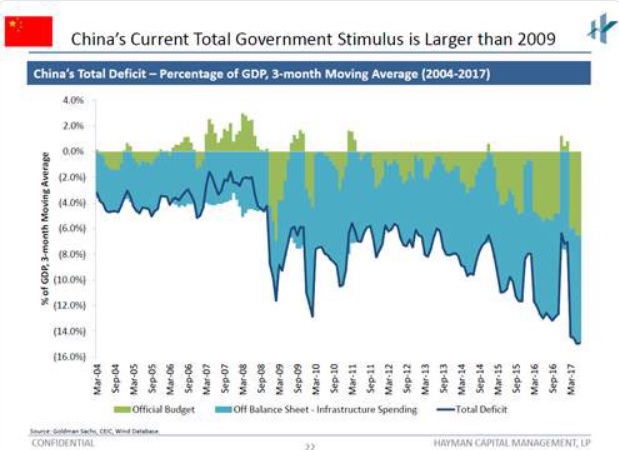

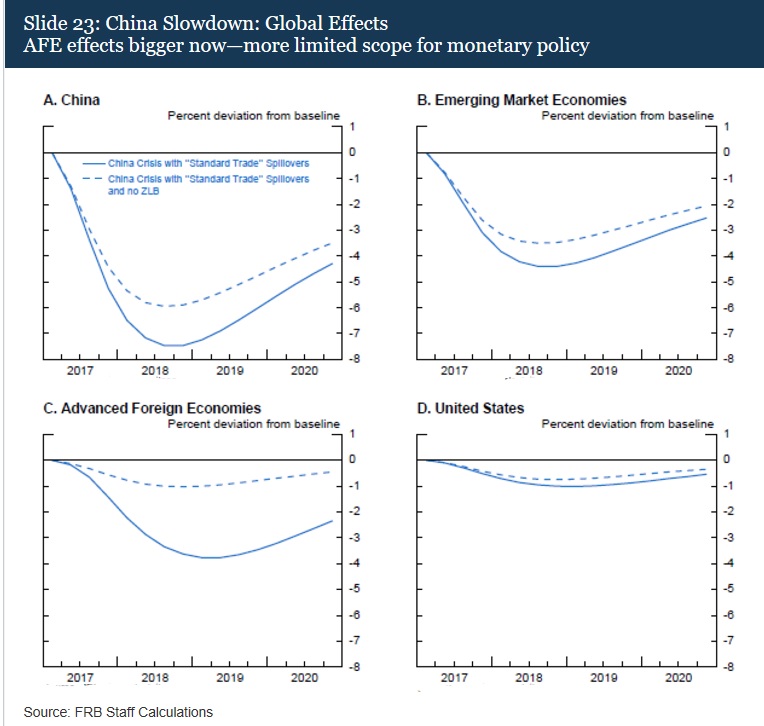

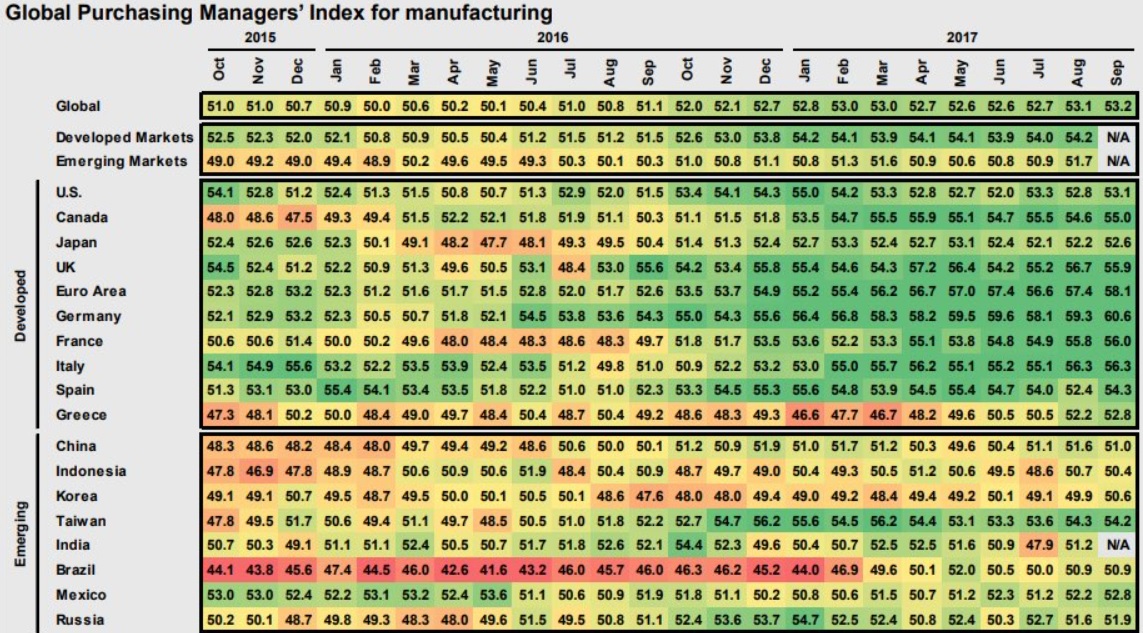
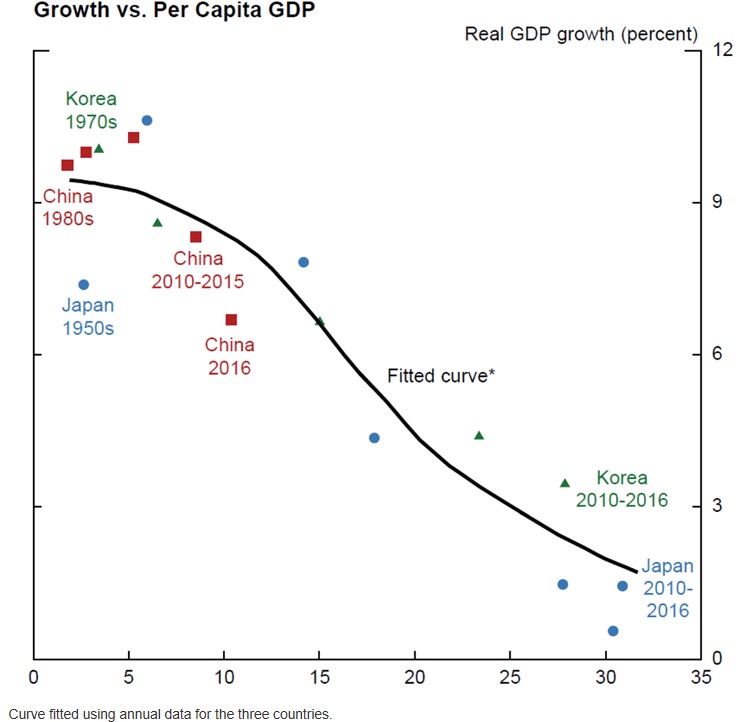
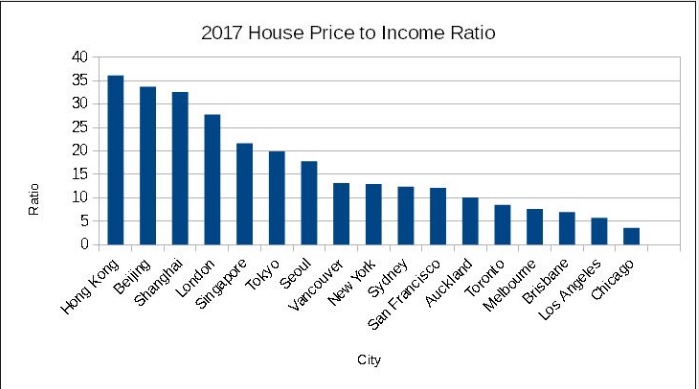
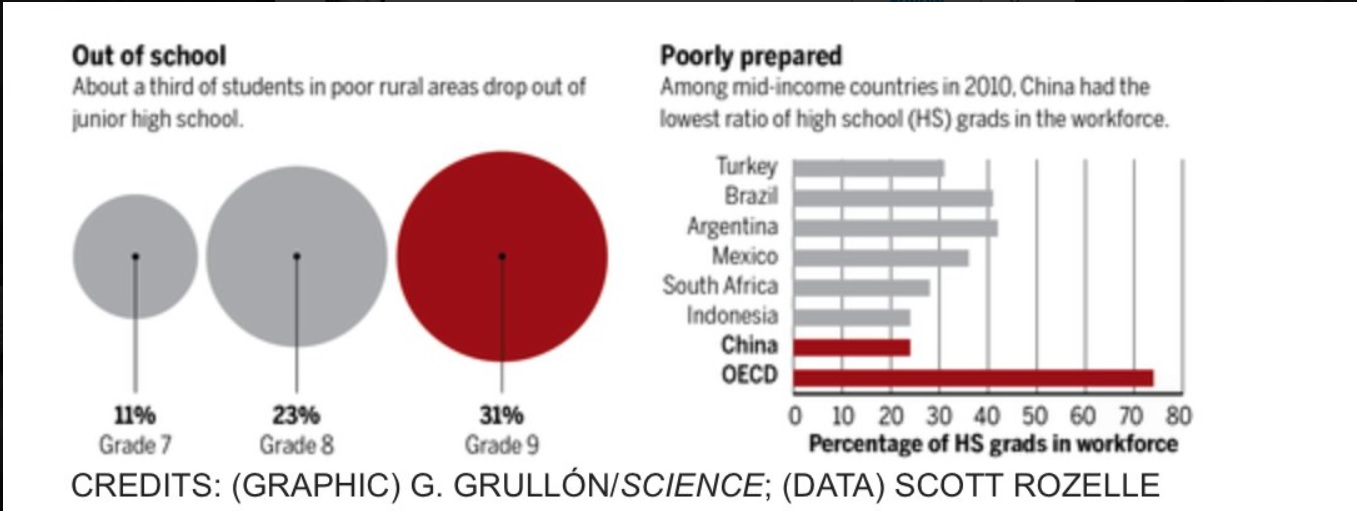
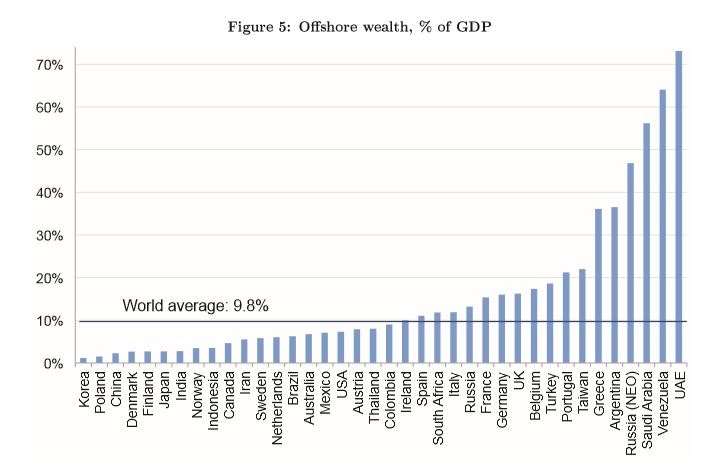 Climate Continues to Improve for RenewablesDespite policy headwinds in the U.S, the climate for renewables continues to improve. Moody’s Investors Services has a new report out showing that decreasing prices for renewable energy generation, and crucially also for storage, are driving the market and propelling emerging and developing markets into the lead. The head researcher on the report, Swami Venkataraman, reports that “Emerging markets are a key market for growth in renewables, with countries such as China and India leading the charge as new renewables become competitive with other sources of power even in developing nations.” Moody’s research shows that developing countries now have total installed solar capacity of 272 GW and wind capacity of 307 GW which is 53% and 51% respectively of total world capacity. China by its sheer size but also by its aggressiveness in this sector, accounts for a big share of this capacity, but Moody’s notes that Latin America and the Middle East are both rapidly increasing their capacity. The progress in storage is perhaps most important. Venkataraman notes that “benchmarks in storage projected for 2020 have already been reached.” As we have noted before, we are headed for a cleaner world regardless of current policy debates.
Climate Continues to Improve for RenewablesDespite policy headwinds in the U.S, the climate for renewables continues to improve. Moody’s Investors Services has a new report out showing that decreasing prices for renewable energy generation, and crucially also for storage, are driving the market and propelling emerging and developing markets into the lead. The head researcher on the report, Swami Venkataraman, reports that “Emerging markets are a key market for growth in renewables, with countries such as China and India leading the charge as new renewables become competitive with other sources of power even in developing nations.” Moody’s research shows that developing countries now have total installed solar capacity of 272 GW and wind capacity of 307 GW which is 53% and 51% respectively of total world capacity. China by its sheer size but also by its aggressiveness in this sector, accounts for a big share of this capacity, but Moody’s notes that Latin America and the Middle East are both rapidly increasing their capacity. The progress in storage is perhaps most important. Venkataraman notes that “benchmarks in storage projected for 2020 have already been reached.” As we have noted before, we are headed for a cleaner world regardless of current policy debates.
